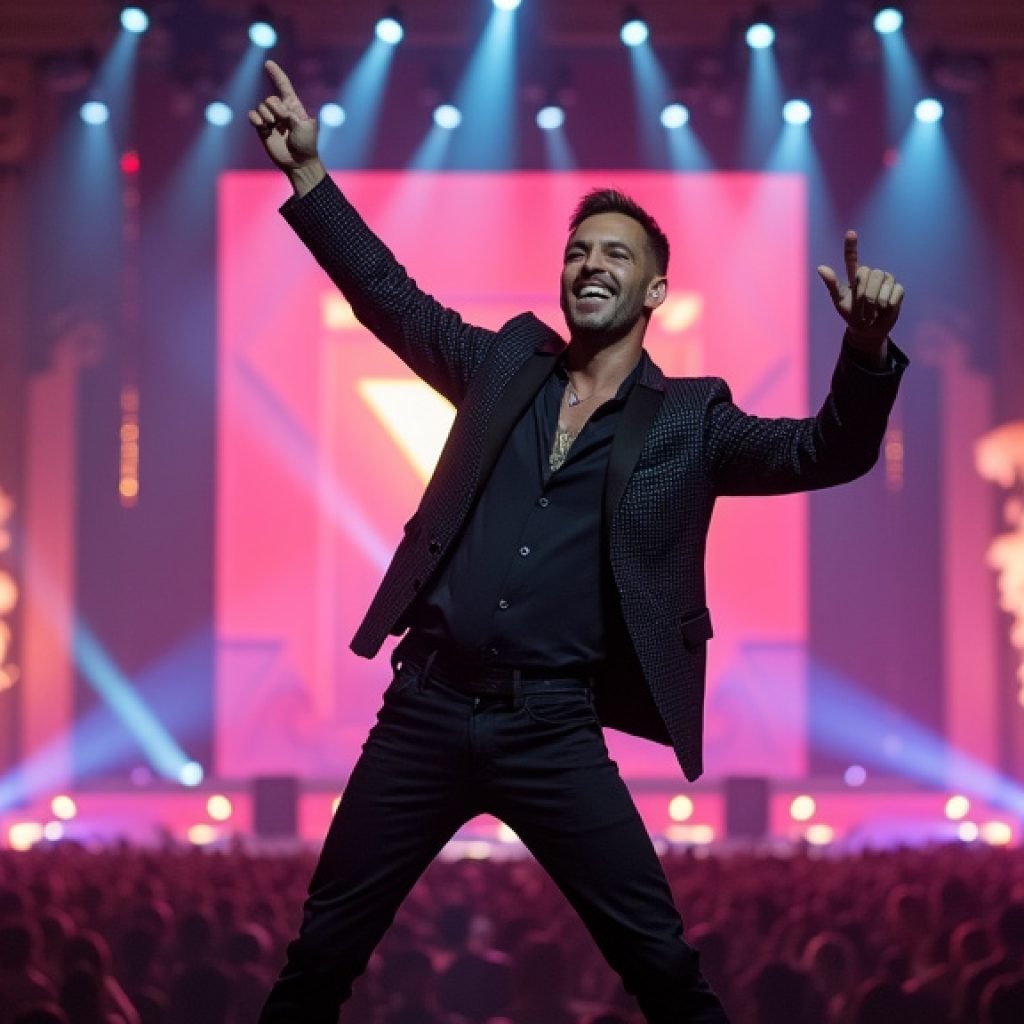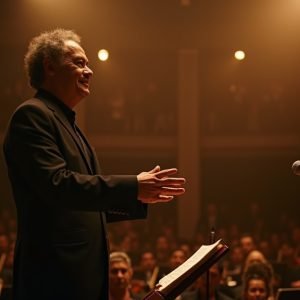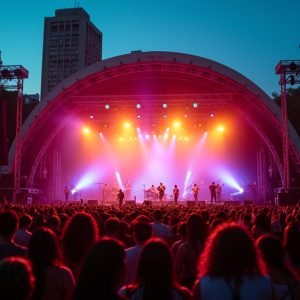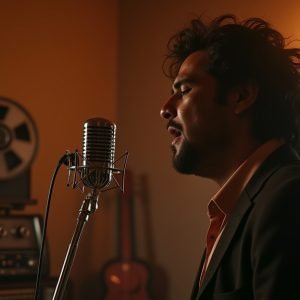Cuba, a nation long celebrated for its rich musical heritage, is experiencing a dynamic artistic renaissance driven by a new generation of musicians. These young innovators are not only filling a void left by established artists who have sought opportunities abroad amidst ongoing economic challenges but are also pushing sonic boundaries, blending traditional Cuban rhythms with global influences to forge exciting new genres. This vibrant movement is poised to redefine the future of Cuban and latin music.
The New Vanguard Takes Center Stage
At the forefront of this musical revolution are artists like 23-year-old singer-songwriter Melanie Santiler and 22-year-old saxophonist Wampi. Santiler, with her significant online following, embodies the modern Cuban artist leveraging digital platforms to connect with audiences, offering a contemporary pop sound. Wampi, a leading figure in the burgeoning ‘reparto’ genre, exemplifies the fusion of reggaeton with traditional Cuban beats, achieving widespread popularity and even embarking on international tours. Their success highlights a shift towards artists who are both globally aware and deeply rooted in their Cuban identity.
A Fusion of Sounds: Reparto and Beyond
The ‘reparto’ genre, originating in Havana’s working-class neighborhoods, has become a defining sound for this generation. It’s characterized by a blend of reggaeton’s infectious rhythms with distinct island sounds, a fusion that artists like El Taiger and Bebeshito have helped introduce to the United States. However, the innovation doesn’t stop there. Young Cuban musicians are fearlessly experimenting, creating a hybrid soundscape that merges rock, pop, and electronic music with ancestral Afro-Cuban styles such as ‘son’ and ‘timba’, as well as hip hop. The Abreu brothers, Fabio (19) and Diego (17), showcase this trend with their sophisticated approach to traditional jazz, demonstrating a command that belies their youth and lineage from renowned musicians.
Navigating Challenges, Embracing Opportunities
The current landscape for Cuban artists is shaped by complex realities. The emigration of many well-established musicians has created a vacuum, inadvertently paving the way for emerging talent to step into the spotlight. Simultaneously, the economic crisis on the island has spurred resilience and creativity. The proliferation of small, private bars and cultural spaces has provided vital new stages for these artists to perform and develop their craft. Furthermore, the increasing availability of internet access and social media since late 2018 has become a crucial tool for promotion, allowing artists to bypass traditional gatekeepers and reach a global audience directly.
Global Aspirations and Collaborative Spirit
This new generation of Cuban musicians is not just looking inward; their sights are set on the international stage. Collaborations are becoming increasingly common, fostering cross-cultural exchange and amplifying their reach. Wampi’s partnership with established Cuban artist Cimafunk, who himself blends funk with Afro-Cuban rhythms and has garnered international acclaim and collaborations with global figures, is a prime example of this synergy. These connections are vital for showcasing the dynamism of Cuban music and ensuring its continued evolution on the world’s top music platforms.
The Future of Cuban Sound
The revitalized Cuban music scene is a testament to the enduring creativity and adaptability of its artists. Despite economic hurdles and the exodus of some of its most famous names, a powerful wave of young talent is emerging, armed with innovative sounds, digital savvy, and a deep connection to their roots. These artists are not just making music; they are crafting the future narrative of Cuban culture and contributing significant stories to the global latin music tapestry, promising an exciting era for sounds emanating from the island.























